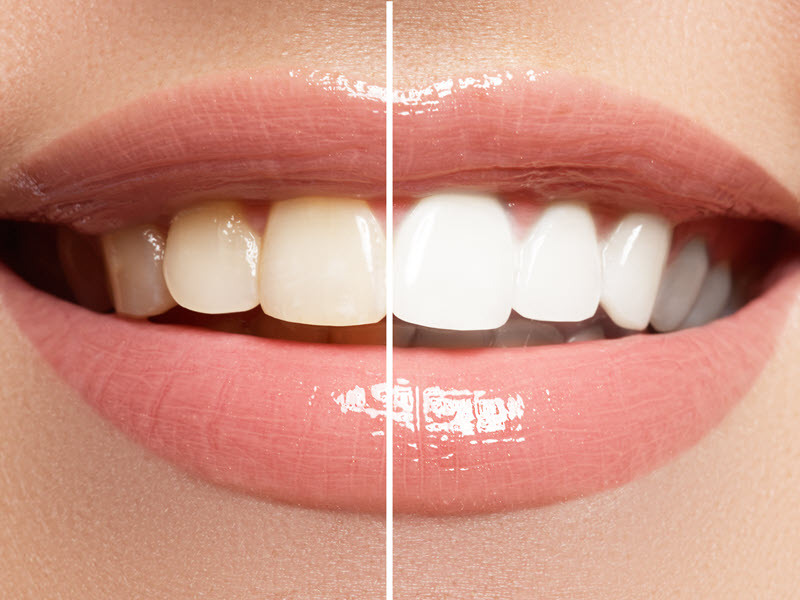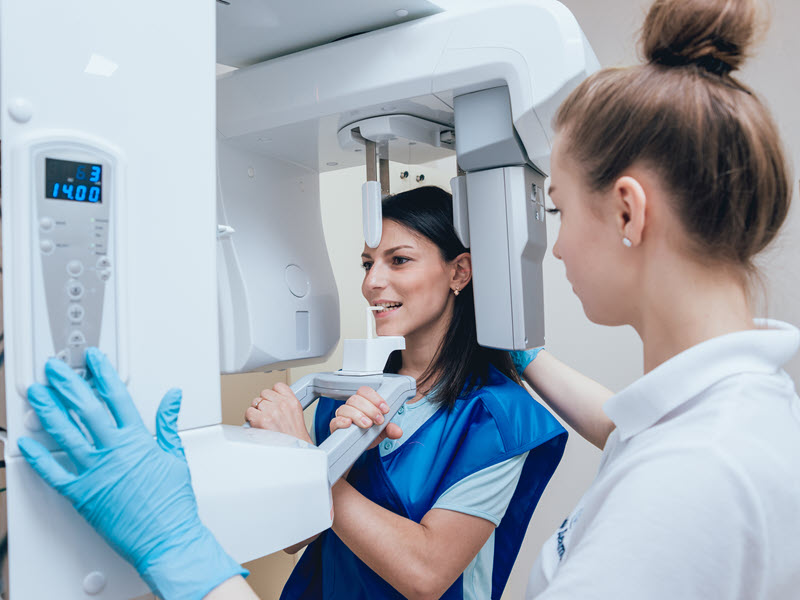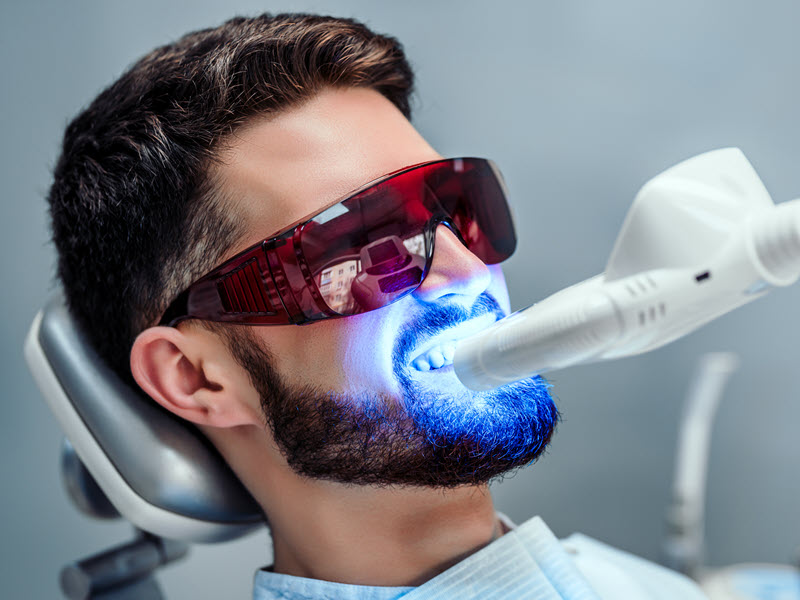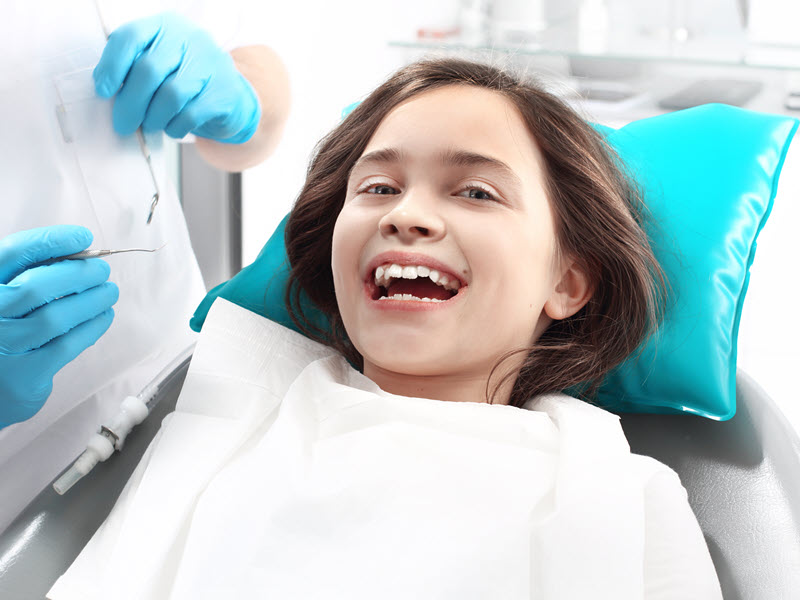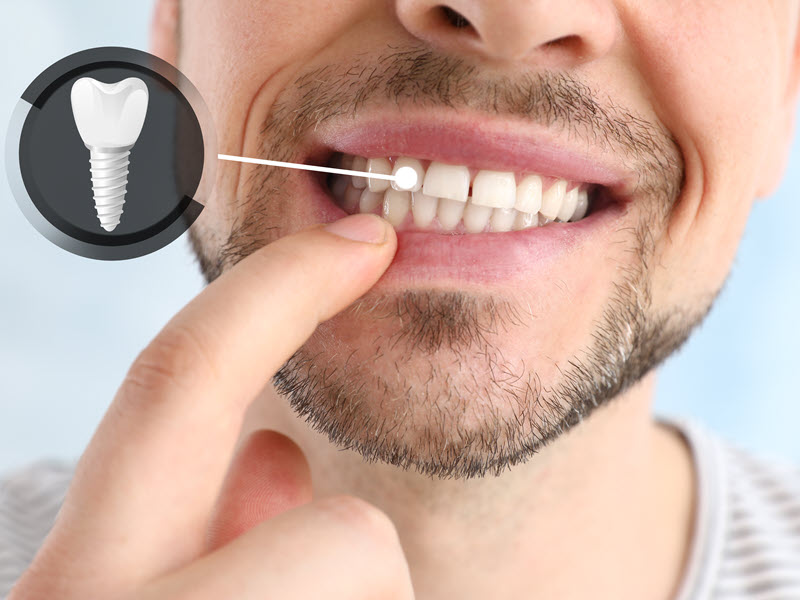What Is an Underbite
Definition of Underbite
An underbite is when the lower teeth project beyond the upper teeth. This condition differs from an overbite and involves specific dental concerns. Recognizing the types of underbites helps in deciding on treatment.
A true underbite involves the lower jaw extending beyond the upper jaw. This causes the lower teeth to sit in front of the upper teeth. In dental terms, it’s called a Class III malocclusion. You may hear it referred to as prognathism. This condition often stems from growth differences, resulting in discomfort or dental problems.
Underbites can disrupt daily life. They may cause poor chewing, speech issues, and teeth wear. Often, genetics play a role. In some cases, habits like thumb sucking or extended pacifier use cause it during childhood. For some, correction involves orthodontics or surgery.
Differentiating Between Overbite and Underbite
An overbite and an underbite are common dental conditions. Unlike an underbite, an overbite is when your upper teeth cover your lower teeth. With an underbite, lower teeth stick out farther. Both relate to jaw alignment but affect appearance and function differently.
Though both conditions involve teeth alignment, they have different problems. An underbite often leads to more severe dental issues like wear and jaw strain. Overbites, on the other hand, may impact the appearance more than function but still need attention. Treatment plans reflect these differences.
Types of Underbites / Underbite Terminology
Here is a brief rundown of the different types of classifications of underbites. Some underbites stem from jawbone growth, others from teeth position. For children, early correction can involve devices or braces. Adults might need orthodontic treatment or surgery for severe cases.
- Dental underbite – Caused by tooth misalignment, where the lower front teeth are positioned in front of the upper teeth, but the jaw remains in its normal position
- Skeletal underbite – Results from a misalignment of the jawbones, typically with the lower jaw protruding forward. Unlike dental underbites, which are caused by tooth positioning, skeletal underbites are typically genetic and present at birth. This condition occurs due to developmental issues where the lower jawbone grows more than the upper jawbone leading to a misalignment of the jaws. Patients with skeletal underbites often have a strong jaw appearance with a chin that juts straight out which can affect both facial aesthetics and oral function.
- Mild underbite – A slight protrusion of the lower front teeth, not significantly affecting bite function
- Severe underbite – A more pronounced protrusion of the lower jaw and teeth, often requiring more intensive treatment
- Class III malocclusion – The clinical term for underbite, where the lower front teeth overlap the upper front teeth
Causes of Underbite
An underbite can develop due to a mix of genetic factors, childhood habits, and environmental or health conditions. Each plays a role in shaping the jaw and teeth, contributing to the position of the lower jaw relative to the upper jaw.
Genetic Factors
Genetics play a key role in many physical traits, including jaw structure. If you have family members with an underbite, you might inherit this trait. Specific genetic traits like a larger lower jaw, smaller upper jaw, or tooth crowding can contribute to the development of an underbite.
Childhood Habits Impacting Jaw Development
Habits in childhood can significantly affect jaw development. Frequent thumb sucking or prolonged bottle feeding can pressure teeth and jaws, leading to misaligned teeth. Similarly, using a pacifier beyond the age of three can affect how your jaw and teeth grow. Tongue thrusting, where the tongue pushes against the teeth, also contributes to alignment issues. These habits can change how your jaw forms over time.
Environmental and Health Conditions
Certain conditions during development can impact jaw alignment. Mouth breathing, often caused by allergies or a deviated septum, can affect jaw growth by altering normal muscle function. Cleft lip, which occurs at birth, may result in underbite if not addressed. Environmental factors such as diet and nutrition during key growth stages can influence jaw structure, although their impact is less direct than genetic and habit-based influences.
Complications and Health Implications
- Gum Disease – When your teeth are not aligned properly, it can increase the possibility of tooth decay and gum disease. When your teeth do not fit together well, it might become hard to clean your mouth thoroughly. Food particles and plaque can build up more easily. This raises the risk of cavities and inflamed gums.
- Negative Sleep Impacts – Teeth misalignment may airway obstructions leading to conditions like sleep apnea.
- Self Esteem – You might feel self-conscious about how your teeth look. This concern can affect your low self-esteem and social interactions. Some people with underbites experience bullying or teasing, which further affects confidence.
Getting a Dental Exam for an Underbite Diagnosis
Dental Examination
A dental exam is the first step in getting a proper diagnosis. Your dentist should be able to look for any jaw misalignment issues. A dentist will check to see how your upper and lower teeth meet. In most cases x-rays or CT scans are used by your dentist to get a better idea of your precise condition to come up with a proper treatment plan.
Underbite Treatment Options
OrthoFX NiTime Clear Aligners
Clear Aligners – like OrthoFX NiTime Clear Aligners that we offer here at Murphy Dental – are transparent and custom-made to fit your teeth. They are often preferred to braces for their nearly invisible appearance and convenience because they are removable.
OrthoFX is significantly more comfortable than braces. They gently move your teeth into proper position over a period of as little as six months. During that time, you will be given different aligners approximately every two weeks to progressively align your teeth to the desired position.

>>> Learn How OrthoFX Can Fix Your Underbite <<<
Traditional Braces
Most often used for children, braces consist of brackets attached to teeth and wires that guide teeth into place. An orthodontist will periodically adjust the braces to slowly guide the teeth back into place.
Specialized Devices for Jaw Adjustment
Reverse pull headgear – applies pressure to adjust the jaw position. The headgear gently pulls the upper jaw forward, often used in growing children.
Palate Expander – Also known as a jaw expander, a palate expander is geared towards younger patients and is able to widen the upper jaw. This upper jaw expander creates space for teeth to align better.
Surgical Underbite Correction
Understanding Jaw Surgery
Jaw surgery addresses severe underbite cases. It aims to correct jaw malformations, improve bite alignment, and relieve facial pain. The surgery typically involves repositioning the lower jaw to ensure better alignment with the upper jaw. In some situations, surgeons modify the upper jaw instead.
Post-Treatment: Removable Retainers
Once your underbite has been treated and your jaw is properly aligned, you’ll need to maintain that alignment. The best way to do this is with a removable retainer.
Retainers help keep your teeth and jaw in their new positions. Your dentist or orthodontist will fit you for a removable retainer that you’ll usually wear only at night in order to ensure proper bite alignment.
Frequently Asked Questions
How can underbites be corrected without surgery?
You can use braces and other dental appliances to correct an underbite. Children may benefit from early intervention with a palate expander to guide jaw growth.
What are the various classifications of underbites?
Underbites are classified as Class III malocclusions. This means the lower teeth sit in front of the upper teeth when the mouth is closed. They can range from mild to severe.
Are there any long-term health impacts associated with severe underbites?
Severe underbites may lead to jaw pain and chewing problems. You might experience speech difficulties or increased wear on your teeth.
What are the potential treatments for a mild underbite?
You could consider options like braces or aligners. These can help adjust the position of your teeth without surgery.
What are the pros and cons of using braces to correct an underbite?
Braces can help realign teeth and fix bite issues. They are non-invasive and effective, but they take time and require regular maintenance.






